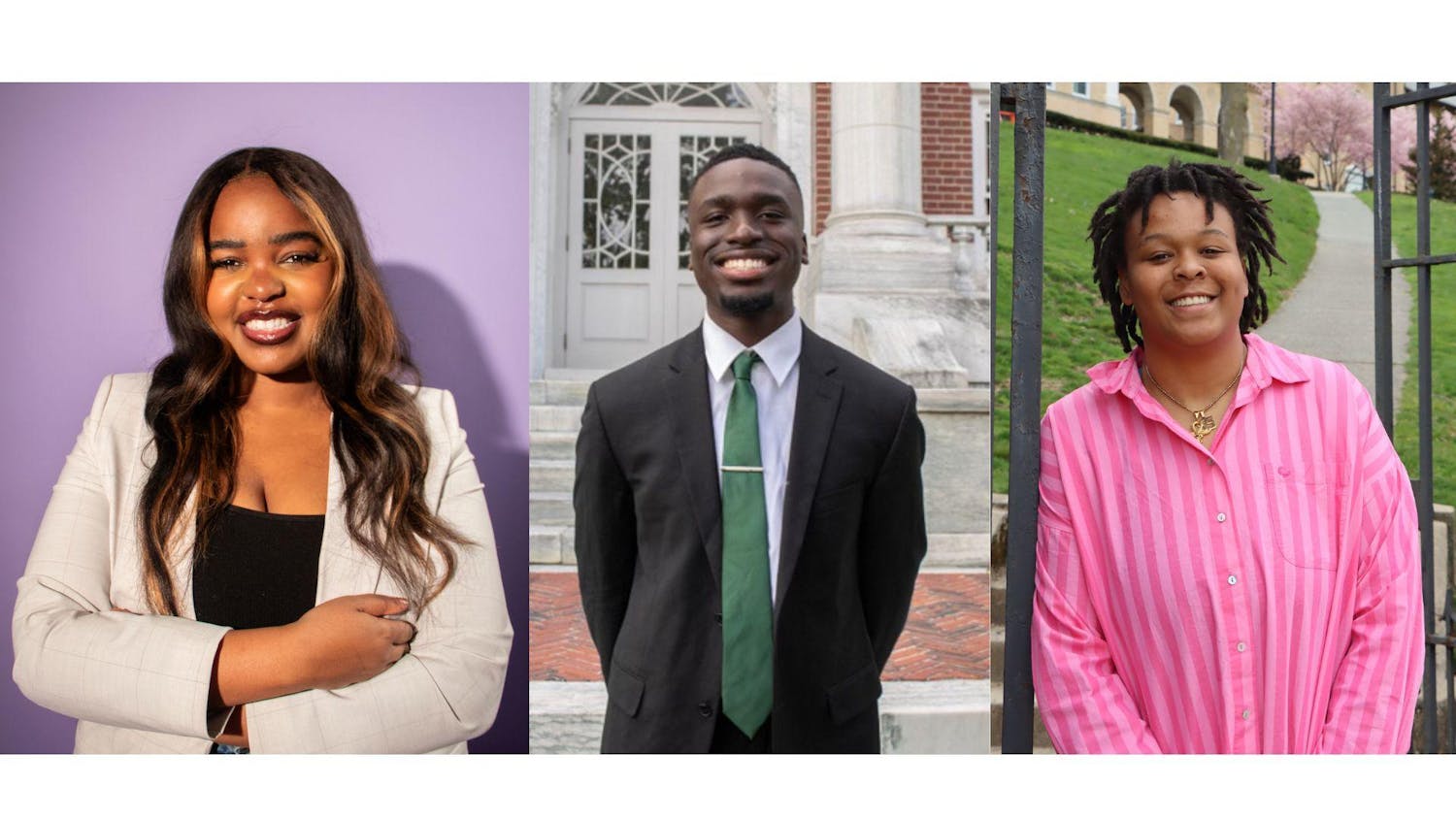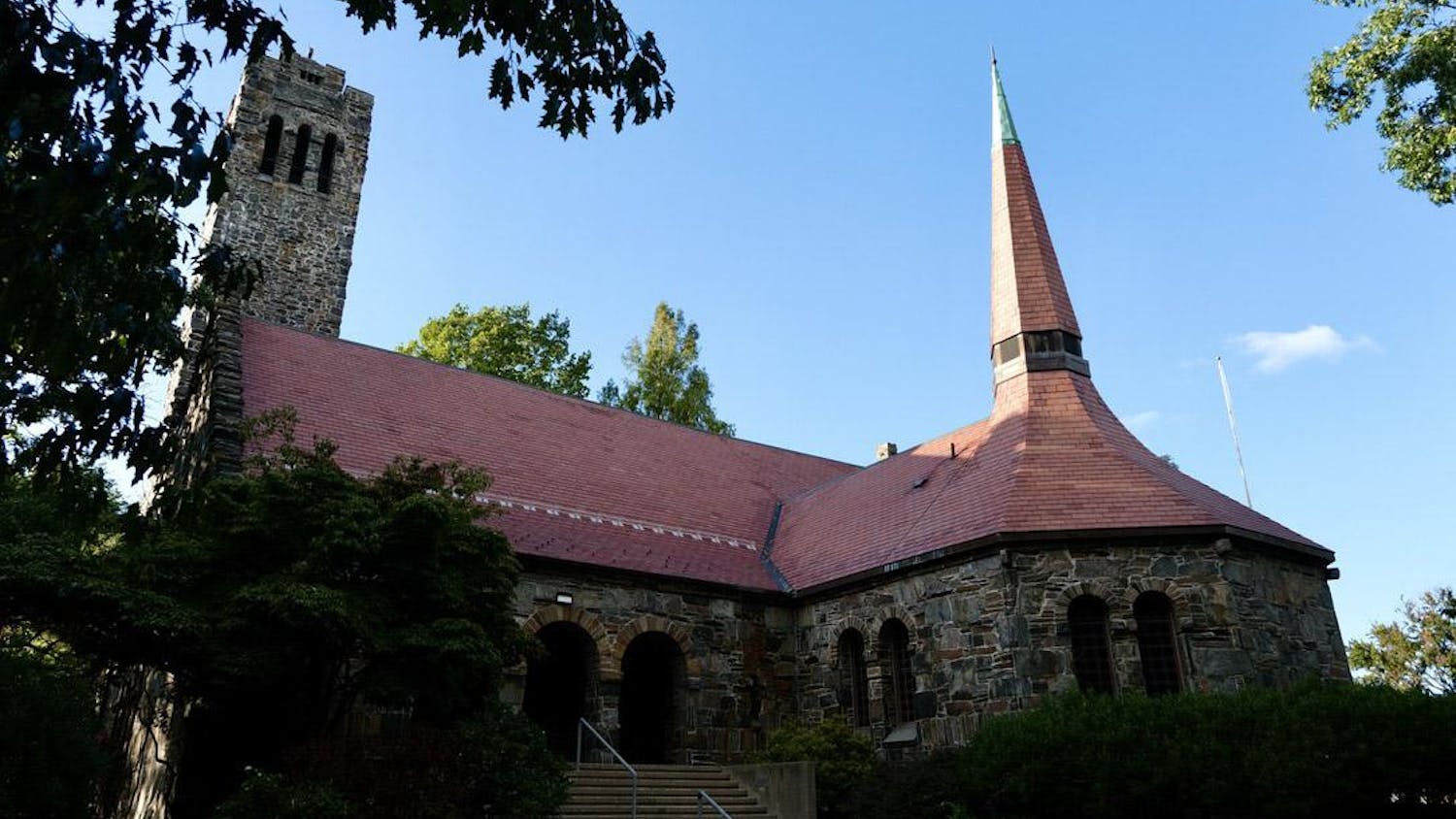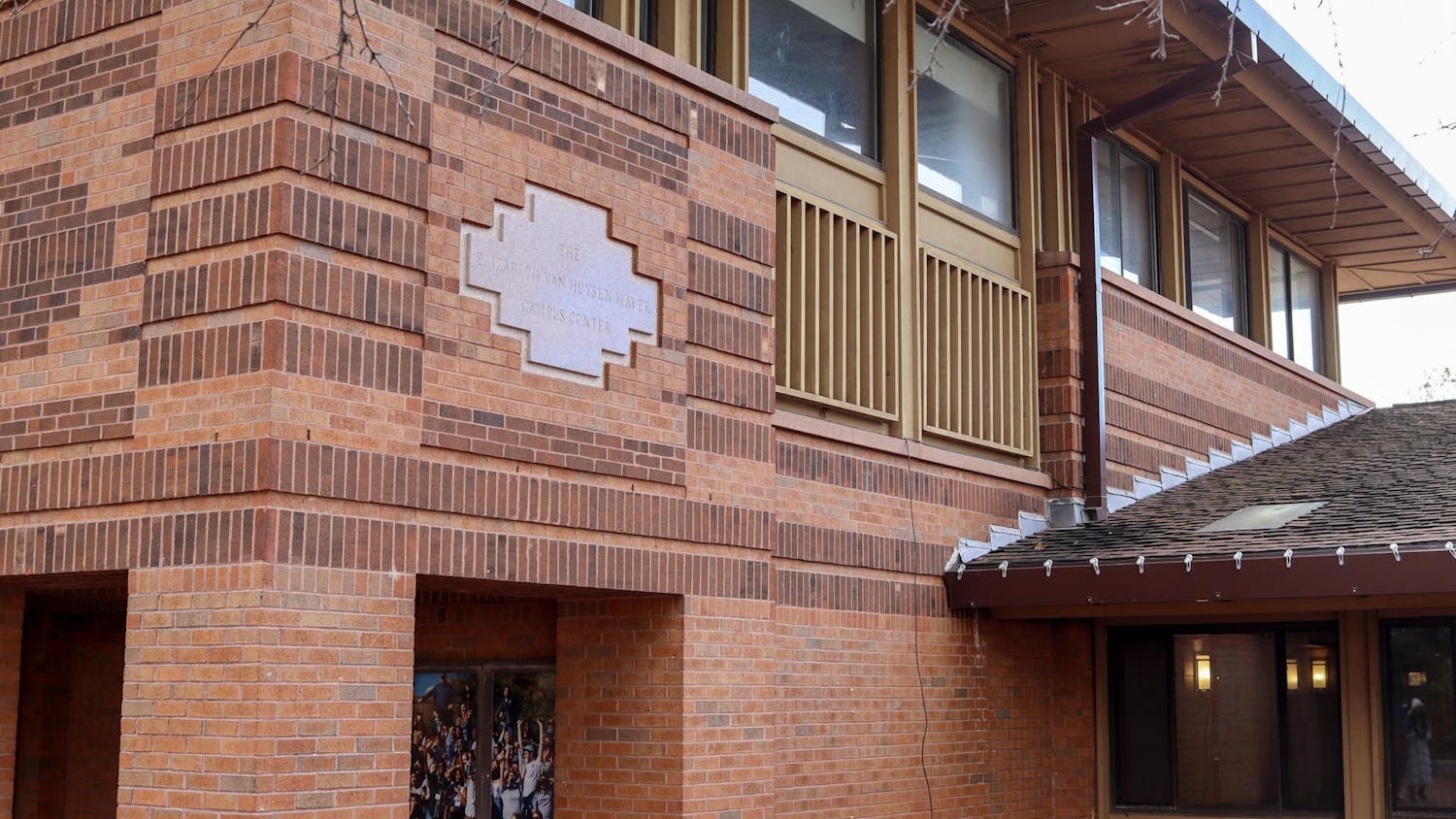Gayatri Gopinath, associate professor from the Department of Social and Cultural Analysis at New York University, gave a talk titled “Unruly Visions: The Aesthetic Practices of Queer Diaspora,” as part of the annual Queer Theory Lecture Series on Oct. 27 at the Alumnae Lounge. The event was co-sponsored by the LGBT Center and the Consortium of Studies in Race, Colonialism and Diaspora.
Director of the LGBT CenterNino Testa began by thanking various people involved in putting the event together. Lisa Lowe, a professor in the Department of English and the director of the Center for the Humanities at Tufts, then introduced Gopinath as one of the early contributors to queer theory and queer diaspora studies.
Gopinath spoke about the aesthetic practices of queer diaspora, which she said bring non-normative energies that tend to be obscured within dominant historical and national narratives to the forefront.
"These practices enact an excavation of the past through what I call a queer optic," Gopinath said.
According to Gopinath, they have the capacity to reframe the present by deviating from traditional patriarchal and heternormative scripts that tend to define one's life trajectory.
“These [aesthetic practices] work within the visual field in order to point to that which the visual field cannot accommodate,” Gopinath said. “As such, they gesture to the realms outside and beyond the visual. They suggest, instead, the sensorial and the affective as alternative modes and conduits for apprehending the intertwined nature of seemingly disparate historical formations.”
Gopinath went on to discuss these concepts in terms of the work of two artists, Tracey Moffatt and Akram Zaatari.
Moffatt, an Australian artist of Aboriginal descent who was raised by a white foster family, produced “Spirit Landscapes” (2013), which includes five photographic series.
“Suburban Landscapes” juxtaposes black and white photographs of suburban Brisbane with colorful block text that relate key memories of these locations from Moffatt’s childhood. According to Gopinath, the series memorializes the everyday experiences and violences of childhood. For example, a photograph of a street is overlaid with the phrase “Bullied Here,” and shows Moffatt’s ambivalent relationship to her childhood home as a site of both belonging and unbelonging.
“Picturesque Cherbourg” depicts a neighborhood where some of Moffatt’s family members had been relocated in the 1920s. Gopinath explained that Cherbourg exemplifies the imposition of a colonial English landscape on Australia and the transformation and disciplining of both bodies and landscapes that were deemed threatening and unfamiliar.
“Night Spirits” is a series of nighttime shots meant to evoke the sense of trepidation Moffatt felt when she took the photos.
“Moffat’s work … not only [conjures] forth the ghosts that colonial violence produces,” Gopinath said. “She also insists on their materiality as they act on, touch and interact with bodies.”
Gopinath spoke about how Zaatari reproduced a body of photos by Lebanese photographer Hashem el Madani, who chronicled everyday life in southern Lebanon in the mid-20th century. Gopinath explained that by choosing a large number of photos that depicted gender non-conformity and same-sex intimacy, Zaatari transformed Madani’s work into a queer archive.
Gopinath highlighted numerous photos of Palestinian militants, who were seen as erotic and desirable figures. These were followed by a series titled “Damaged Negatives: Scratched Portraits of Mrs. Baqari,” which shows gendered forms of violence that are left out of larger national historical narratives, even narratives of male homoeroticism.
Zaatari also included five portraits of a tailor named Abed, along with Madani’s comments that,according to Gopinath, present Abed’s gender-nonconformity as not remarkable or fetishized but in fact quite ordinary.
Gopinath emphasized that by putting these photos from 50 years ago into public circulation today, Zaatari is imagining other possible forms of being and suggesting the possibility of an alternate present to the current one.
By placing these artists together, Gopinath described how her own queer curatorial work is meant to suggest a rethinking and reframing of both queerness and diaspora. Zaatari’s work signals material as well as metaphorical displacement, while Moffatt’s pieces present diaspora and indigeneity as intertwined and co-constituent rather than antithetical, she said.
“For Moffatt, what it means to be diasporic is inextricable from indigeneity and the experience of settler-colonial displacement,” Gopinath said. “Likewise, what it means to be indigenous, for her, is inextricable from the experience of diasporic displacement.”
Gopinath added that even though these artists are not usually discussed in the context of diaspora, they show the displacement wrought by settler-colonialism and military occupation, even when those who were displaced remained in the geographic boundaries of the nation-state.
More from The Tufts Daily
Meet the three TCU Senate presidential candidates
By
Julieta Grané and Josue Perez
| April 23





